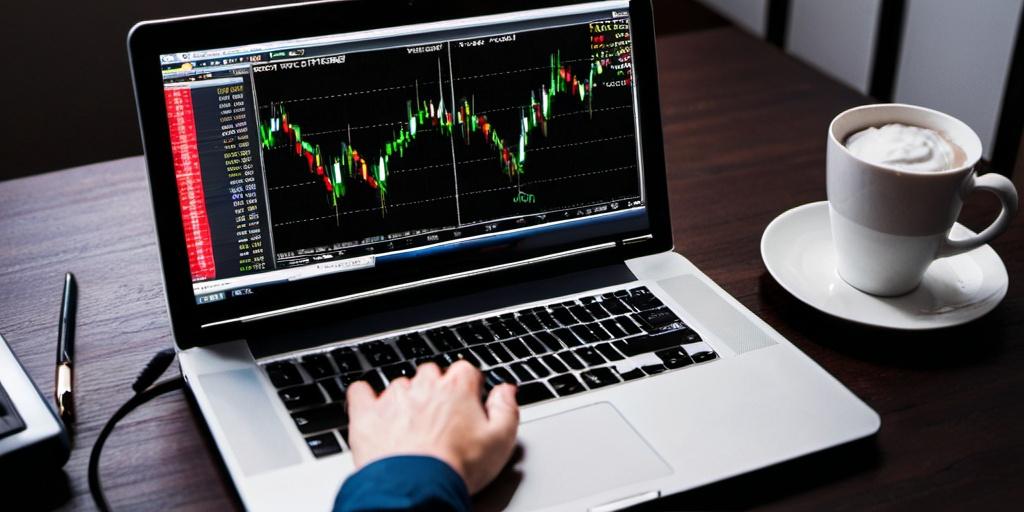What forex signals are
Forex signals are trade ideas delivered to traders in real time. They typically include the entry price, stop-loss level, take-profit target, and the currency pair to trade. Some also provide market analysis or a brief explanation of the logic behind the signal, though many don’t. Signals can be generated manually by experienced traders or analysts, or automatically by algorithms scanning the market for patterns.
The purpose of a forex signal is to eliminate decision-making—at least partially. Instead of spending hours on charts or economic news, traders can act on signals sent via email, SMS, apps, or Telegram groups. It’s a plug-and-play approach to trading that appeals to beginners, time-constrained traders, or those who don’t want to build their own strategy from scratch.

Paid vs free signals
There’s a major difference in quality between free and paid signals. Free signals tend to be inconsistent, sometimes delayed, and often used as marketing tools to upsell courses, broker referrals, or premium memberships. Paid signals, in theory, should offer better accuracy and clearer setups—but not always. Just because you’re paying doesn’t mean the signals are good. Some paid providers use recycled strategies or inflate past results to attract subscribers.
The reality is, signals only work if they match the risk appetite and account size of the trader using them. A 50-pip stop loss might make sense on a $5,000 account but is useless on a $100 account with 1:50 leverage. Signal services rarely adjust for individual account conditions, so traders still need basic knowledge to scale positions and manage risk.
Forex signals vs binary options signals
Forex and binary options signals work similarly in concept: both aim to give traders an entry point and a prediction about where the market is headed. The difference lies in how the trade is structured. Forex signals include stop losses and take-profits and require the trader to manage the trade actively. Binary options signals, on the other hand, are time-based—you place a trade and wait for the expiry time to see if it finishes in or out of the money.
Despite the structural differences, the way signals are delivered and used is nearly identical. Both often come through Telegram, WhatsApp, email, or proprietary apps. Many services even offer both types under the same brand, using similar indicators and timing models to generate trades. If you’re interested in binary options signals alongside forex, binaryoptionssignals.com offers resources and services that illustrate how signal-based trading works across both formats. Their platform outlines key similarities and differences in trade management, signal structure, and strategy alignment for both forex and binary options traders.
How to use signals properly
Signals aren’t a magic fix. Traders still need to understand risk, scale positions sensibly, and respect their own account limits. Following signals blindly, especially with aggressive lot sizes, often leads to blown accounts. Even accurate signals can go through losing streaks, and without a solid risk plan, one bad day can wipe out weeks of small wins.
The best use case for signals is as confirmation, not replacement. Traders with their own setups can compare incoming signals with their analysis and only take trades that align. This keeps decision-making grounded and reduces over-reliance on someone else’s logic. Over time, following high-quality signals can also help traders learn market structure, spot patterns, and develop their own trading instincts.